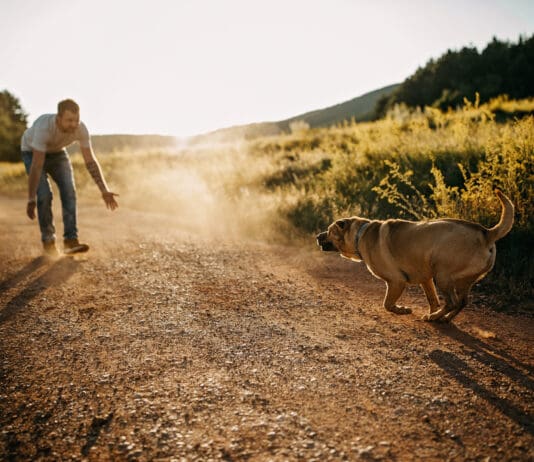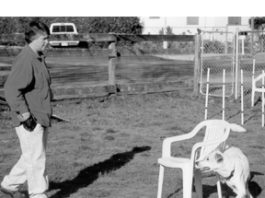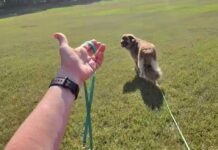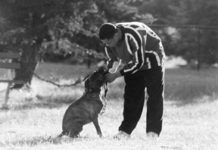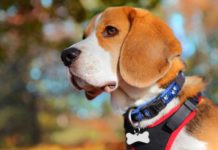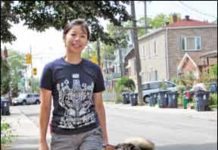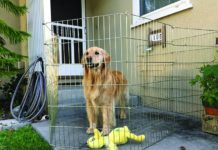A Long Line: The Surprising Problem-Solver
The ever-changing outdoor environment is wildly exciting for our dogs. Alas, when they enthusiastically zigzag after every scent, bike, or friend, they yank us along with them. To break free, start fresh! Head to a new spot, with a different approach. Ditch the 6-footer and grab a long line, which is essentially a longer, thinner, lighter leash.
Training Your Dog To Come When Called
When it comes to learning to come when called, not all dogs are created equal. Some dogs learn the “recall” very easily. They seem to know instinctively that coming when called is to their advantage. Others will come when called most of the time, perhaps more reluctantly. For some dogs, however, coming when called is the most challenging behavior they will ever learn – especially when faced with choosing between complying with the request and distractions like squirrels, cats, balls, or other dogs.
Dog Harness vs Collar: Which is Better?
Dog harnesses vs collars - which is safer? There are many types of collars and harnesses on the market, and some serve specific purposes.
Training Your Dog to Execute an “Extremely Fast” Reliable Recall
having students compete for the fastest recall in heat after heat
Teaching a Reliable Recall
The recall response seems to come naturally to some dogs. For others, it’s a hard-won behavior. The Miller pack has some of both.
How to Teach Loose Leash Walking to Your Dog
with the treats delivered right at her side
Possible Barriers to Training Walks
Dogs who struggle to focus on their owners when away from home usually do so for one of two reasons either the dog is too distracted by the environment, or he's under the influence of anxiety or fear. With anxiety and fear, the dog's body language tells a powerful story. His posture might be slinky head low, tail tucked, ears pinned back. His pupils might be dilated, with the whites of his eyes visible.
Loose Leash Walking: Training Your Dog Not to Pull
The way to teach your dog to check in" with you frequently is to heavily and frequently reinforce this behavior first
Some Great Leash-Walking Products
The best leash-walking products are effective in helping the owner train the dog not to pull (that is, they provide a large enough window of opportunity for the owner to successfully train the desired walking behavior), minimally aversive to the dog, easy to use, well-made, and affordable. (We put price last, since most owners of leash-pulling dogs would pay almost anything for a product that really helps them!)
Put A Stop to Door-Darting Dogs
Door darting is an impulse-control problem. It's also incredibly self-rewarding. Remedying the issue requires teaching the dog to exhibit self-control around an open door, while employing diligent management to prevent the rehearsal of unwanted behavior. The following tips can help.
Teach Your Dog to Make Eye Contact
If your dog doesn't already know the value of eye contact with humans, you can easily teach her. This is an operant conditioning/positive reinforcement exercise your dog learns her behavior can make good stuff happen. When your dog has come to realize the value of eye contact, she will sometimes offer the behavior without being cued. Be sure to reinforce offered eye contact as well as cued eye contact. To help her be comfortable with eye contact from other humans, ask your friends to play the Watch" game with her as well."
Proper Use of Head Halters for Leash Training
Ten years ago, a new dog training tool hit the market. Known generically as the head halter (or head collar), it is a device similar to the halter commonly used on horses. It provides a greatly increased degree of control over the dog who is dedicated to pulling on the collar and leash, without the punishment or pain factors associated with choke chains and prong collars. The head halter has a strap that goes around the dog’s nose, and another that clasps around his neck, just behind the ears. The leash attaches to a ring below the dog’s chin. Just like with halters on horses, bulls and other large animals, it works on the principle that where the nose goes, the body must follow.


